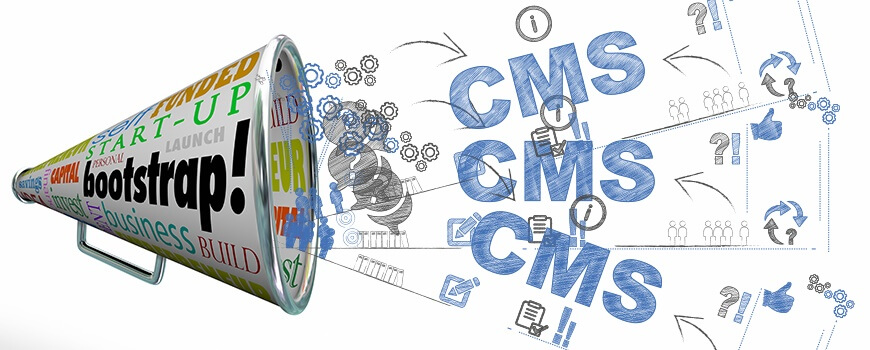Bootstrap – A front-end Framework

If this isn’t your first time on Gridgum marketplace, you’ve probably heard of Bootstrap and know a little bit about it. According to its official website, www.getboottstrap.com - “Bootstrap is the most popular HTML, CSS, and JS framework for developing responsive, mobile first projects on the web”. The official site is where you go if you want to download and start using Bootstrap, update to the newest versions or just explore more.
It is a powerful “toolkit”, has a collection of HTML, CSS, JS tools for creating websites and web applications – a free and an open source project was created originally by twitter developers Mark Otto and Jacob Thornton, who named it “Twitter Blueprint”. After months of developing this project it was renamed to Bootstrap and released on 2011.
Bootstrap nowadays is mostly famous for its responsiveness. Most of the websites today are device responsive. This means that they can change their design according to the screen and browser window size, at any given moment. If you slowly start to reduce the size of your browser window you’ll see how the design elements change their location, shape and size. Everything falls to place even in the process of downsizing. If you want to read more upon this type of design, visit this link: adaptive vs responsive designs
Other advantages of Bootstrap include:
- that it maintains a wide browser compatibility
- easily usable
- quick to learn
www.topital.com author describes Bootstrap to be the framework that “Offers rich extensibility using JavaScript, coming with built-in support for jQuery plugins and a programmatic JavaScript API”.
The number one reason people choose Bootstrap is because of its compatibility. Every project in the 21st century needs to:
- 1. be responsive,
- 2. Work well on all major web browsers and
- 3. have a few fallbacks for older browsers.
Bootstrap works on this, so you don’t have to. These are the reasons that Bootstrap occupies 57 % of the frameworks’ market.
This framework makes working in teams super easy, has the docs which are, by the way, detailed enough and really well-written to bring new team members up to speed easily.
Bootstrap is said to have some disadvantages too. One of them is that it’s bloated – take up too much storage space and have too many lines of code. Of course, the latter is not a problem for someone who just wants to purchase a bootstrap template.
Another thing that people tend to protest a lot is the time and the energy it takes to update a Bootstrap framework. Some think that this framework’s state of being constantly under development is one of its biggest strengths. But, that also means you have to be in constant state of updating.
So, now you know all the ups and downs to using Bootstrap. Now you’ll be able to decide if you want to use Bootstrap or not. The only way you’ll know for sure, is if you try it out yourself.



Comments
No comments yet.